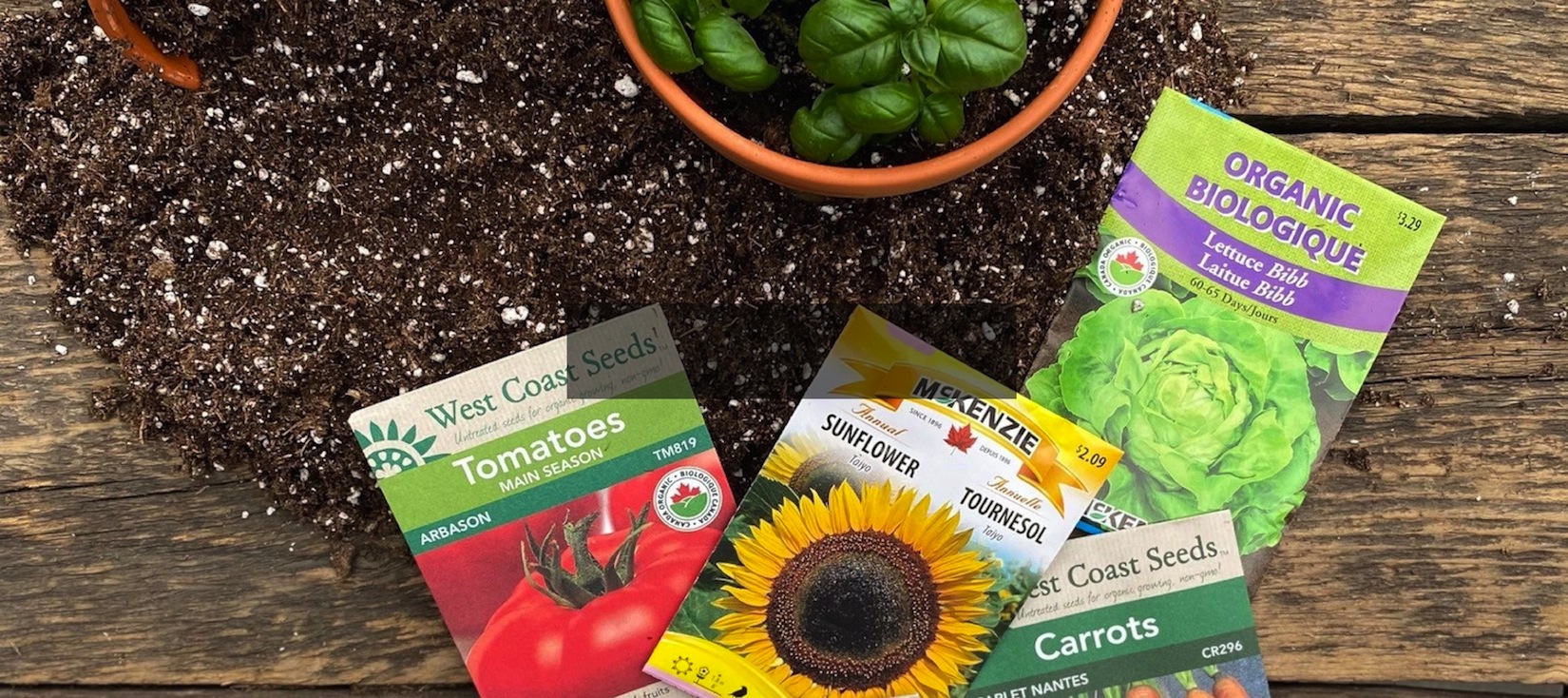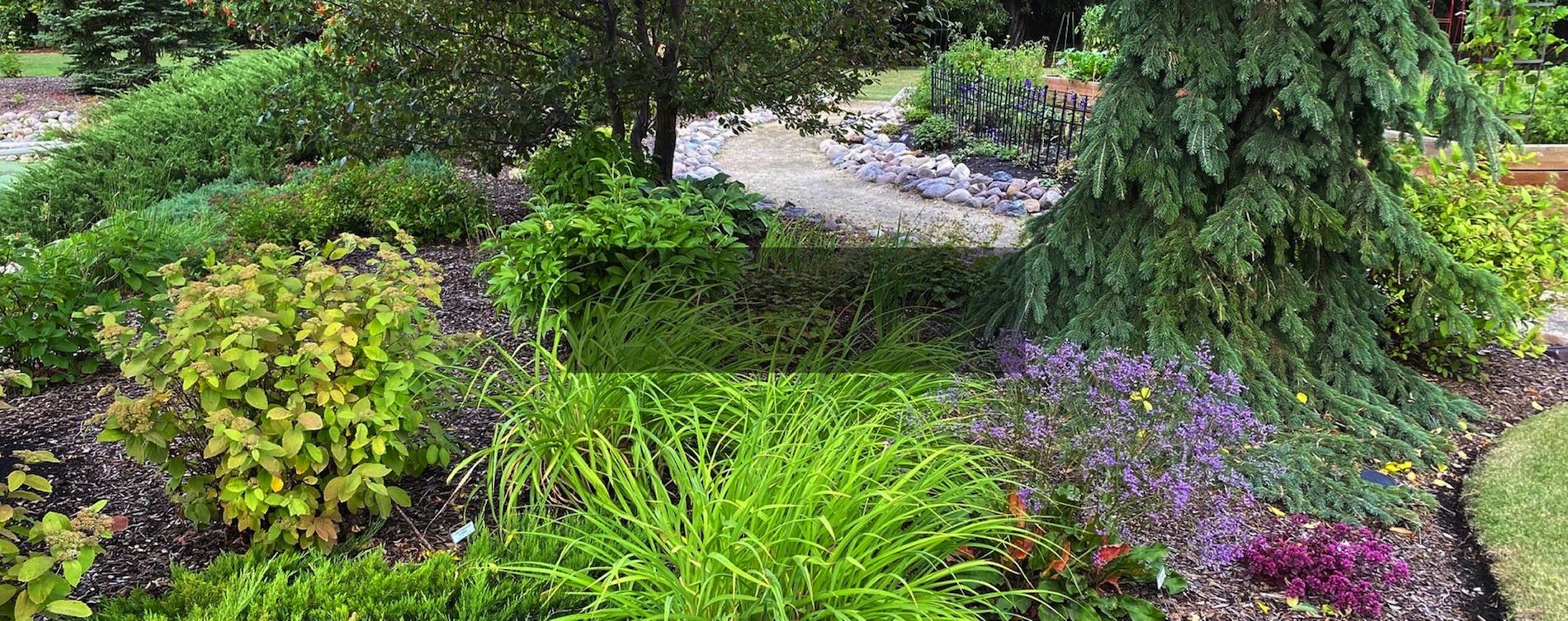Vegetables for Beginners


Carrots
- Prefer light, sandy soil, best grown in full sun.
- Water crops in when planting with a solution of beneficial Nematodes (available at Greenland) to prevent Carrot Fly investations.
- Sow early.
- Can be sown 2-3x per season: late April, 3rd week May and 2nd week of June.
- If you prefer “baby carrots” sow thickly and don’t thin out as much as pack indicates.
- Harvest carrots as you need them; complete harvest before ground freezes.
- Wash immediately after pulling and store in a cool, dark area.

Cucumbers
- Tender and warm season vegetable that requires full sun.
- Plant only after risk of frost has passed and soil is warm.
- Two types of cucumbers: canning and eating.
- 2-3 plants of larger eating cucumbers are enough for an average family – an average plant produces 10 cucumbers.
- Pickling cukes can be planted in multiples.
- Newer mini varieties such as Muncher are great for container gardens.
- Require a lot of garden space and consistent water (not wet).
- Harvest before they get too big or they may have a bitter flavour.
- Always pick in late morning or early afternoon.
- Don’t wash before storage, wrap tightly in saran wrap and refrigerate
- Use within two weeks.
- Subject to Powdery Mildew; do not water foliage – water root zone.

Green Beans
- Easy to grow and very prolific.
- Plant after danger of frost has passed.
- Bush types do not require staking.
- Pole beans require support or a trellis.
- Harvest when beans are firm and can be snapped – thick as a pencil.

Peas
- One of the earliest producers.
- Sow seeds as soon as soil is workable. For consistent germination use a soil inoculant (a powder you mix with seeds prior to planting).
- Great for small gardens; a 10’ row will yield approx.10lbs of peas. Peas should be trellised, this makes harvesting a lot easier.
- Plants must be consistently watered from the time they blossom to harvest, this ensures sweeter peas.
- Powdery mildew is common; ensure consistent watering at soil level; never water foliage. Ensure rows are spaced apart well.
- Store peas in plastic bags in fridge, freeze raw shelled peas.

Onions
- Onions are often planted as small bulbs called sets, but can be direct seeded.
- Require well drained soil with consistent moisture.
- Water crops in when planting, with a solution of beneficial Nematodes to prevent Onion Root Maggot.
- When planting out onion sets or seeding, cover with floating row cover to prevent adult moths from laying eggs at base of plants.
- To harvest, allow onion tops to fall over on their own.
- Pull out onions and lay on soil, leave outside to dry in the sun for up to a week.

Peppers
- Must be started indoors. They love heat so plant in full sun.
- Require adequate supply of water especially during flowering. Inadequate watering may cause blossom end rot.
- 3-4 plants yields 6-12 bell peppers, 12-18 banana peppers, or 30-40 hot peppers per plant.
- Peppers are best grown in containers (soil can take a while to warm in spring).
- Store peppers inside plastic bags in fridge.
- To dry hot peppers, string them with a needle and thread, and hang the hot pepper necklace in a cool, well vented area.

Lettuce and Salad Greens
- Cool crop, best planted early spring or late fall.
- Reseed every 2 weeks.• Require a steady supply of water (in well drained soil).
- Will “bolt” in hot temperatures; an east exposure is perfect.
- Harvest early in morning when leaves are crisp and full of moisture.

Radishes
- Best planted early spring or early fall.
- Quick to sprout (4-8 days to germinate).
- Requires rich well drained soil.
- Water crops in when planting with a solution of beneficial Nematodes (available at Greenland) to prevent Radish Maggot investations.
- Keep moisture consistent to prevent cracking and improve flavour.
- Harvest as soon as they are large enough to eat, dry spells cause radishes to become too spicy and woody.
- Harvest entire crop all at once and reseed for a second crop.
- Wash radishes and store in plastic bags. They will stay fresh and crisp in the fridge for several weeks.

Tomatoes
- Must be started indoors.
- Require full sun as they are heat lovers.
- Best planted out end of May or 1st week of June.
- Consistent water is very important during fruit production.
- Must be fertilized often as they are heavy feeders.
- An average family of 4 may need only 1-2 plants, however if you are cooking, canning, freezing and eating tomatoes, 6 plants will last from late June to September.
- Staking indeterminate plants saves space within the garden, makes harvesting easy.
- Never store tomatoes in the fridge – this ruins texture and flavour.

Zucchini
- Sow seeds into the garden last week of May.
- Prefer rich, well-drained soil, in full sun.
- Zucchini is a heavy yielder, one plant can produce up to 16 fruit.
- Always water early in day to prevent disease and fungi, do not water foliage.
- Ensure consistent moisture and calcium fertilizer to prevent blossom end rot.
- Harvest zucchini twice a week.
- Young zucchini has the best flavour and is the most tender. Larger zucchini best used for baking.
- Does not store for long periods; use within a week or two.
- Grate and freeze extra zucchini.
Watering
- How much to water? Try to do one thorough watering of the garden/week (sprinkler running for 20-25 min.). Container vegetables will need to be checked daily for water.
- Hot dry days combined with lack of water can cause bitterness in many vegetables. Inconsistent watering also allows vegetables to be more susceptible to blossom end rot, pests and diseases.
- Conserve moisture; provide rows with a mulch such as bark mulch or mulched grass clippings.
Fertilizing
- Nitrogen promotes leafy growth; important for lettuce and other leaf crops.
- Phosphorous promotes root development and fruit set; important for all vegetables.
- Potassium improves fruit quality and disease resistance; important for all vegetables.
- Fertilize garden beds once per week, or dig in slow release granular fertilizer. Containers will require feeding every 3-4 days.

Earth Box
For smaller gardens try this award-winning growing system. The Earth Box controls soil conditions, eliminates guesswork and more than doubles the yield of a conventional garden – with less fertilizer, less water and virtually no effort.





